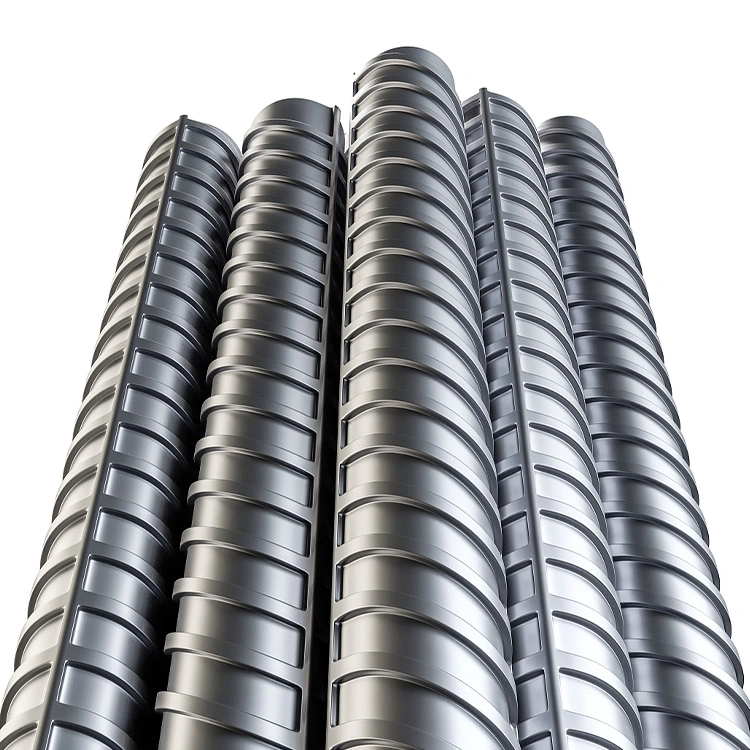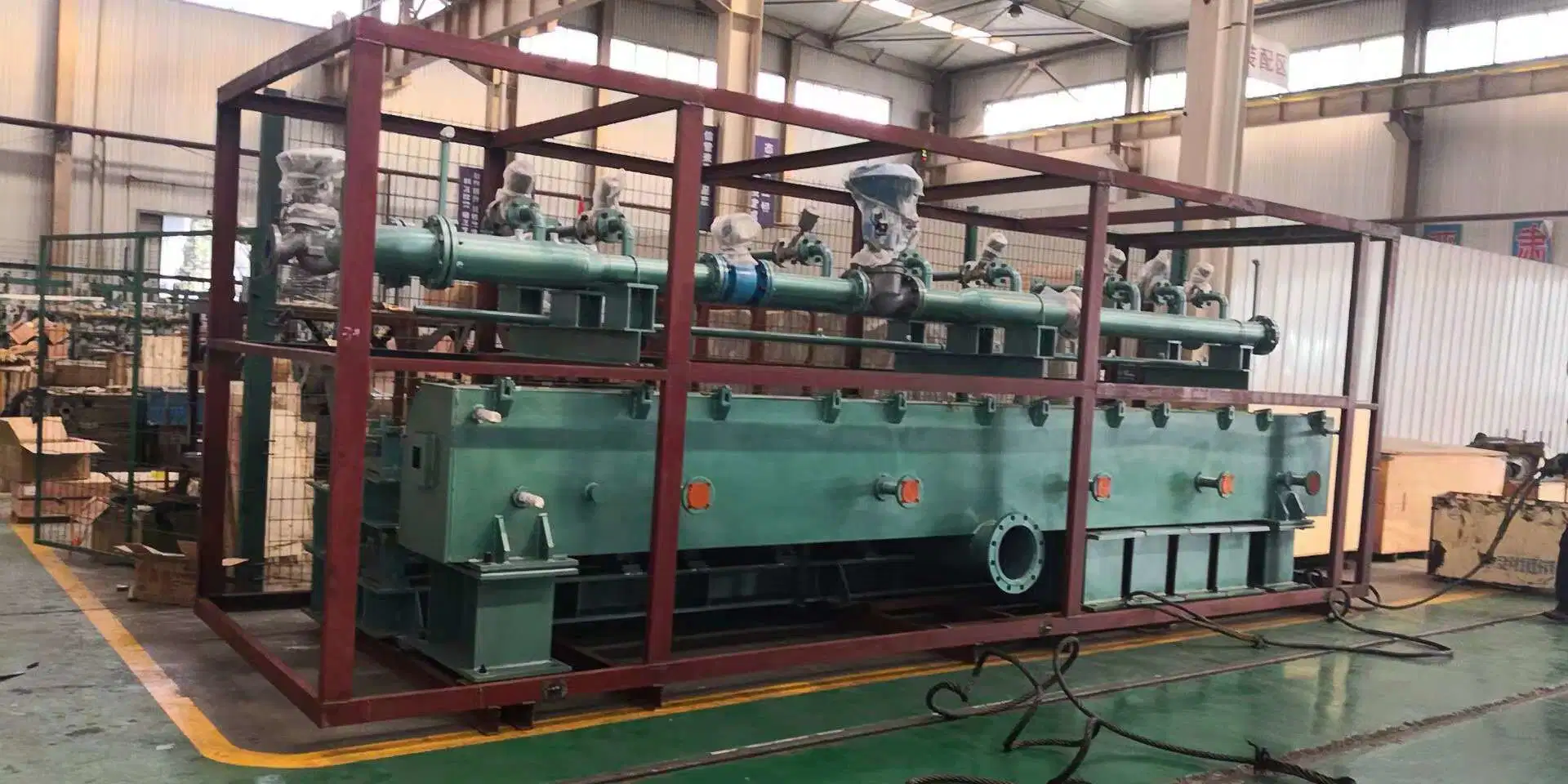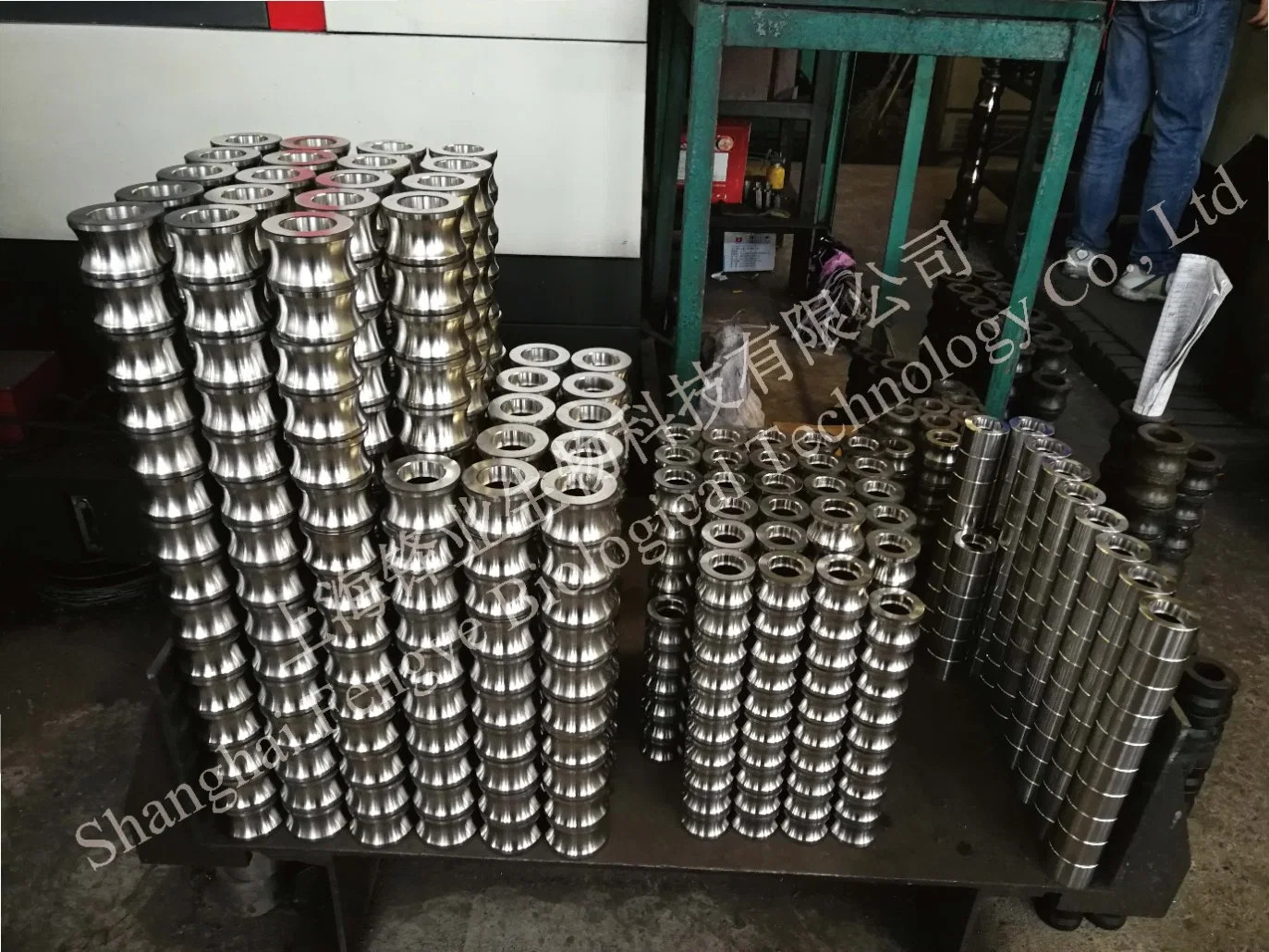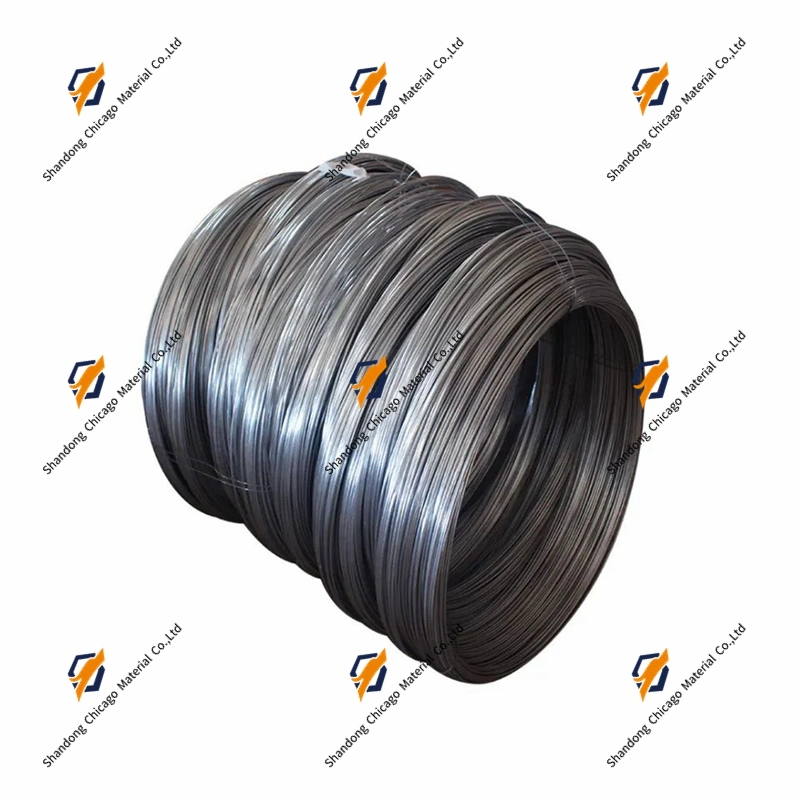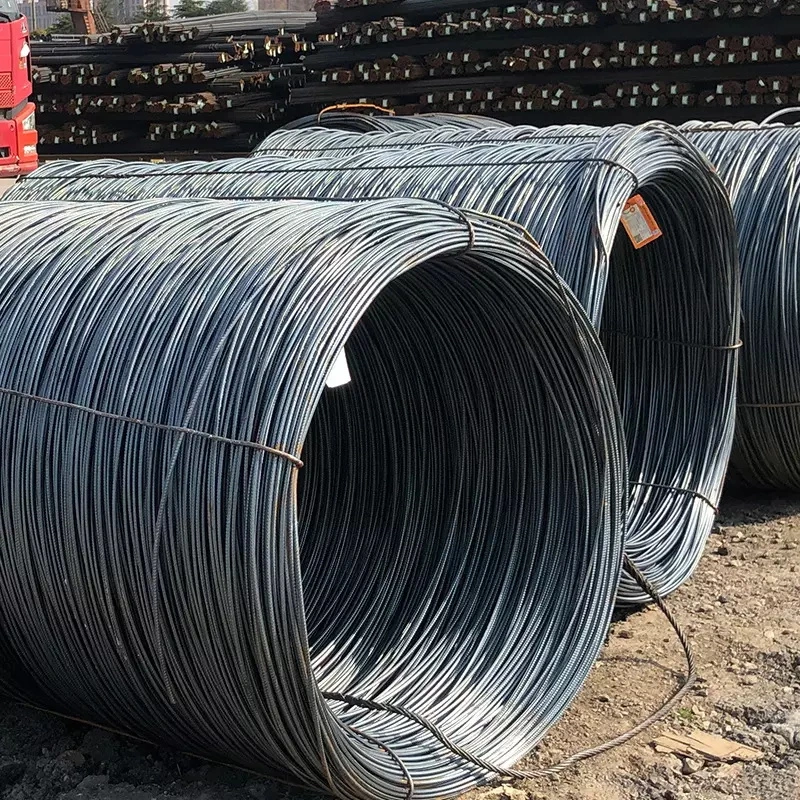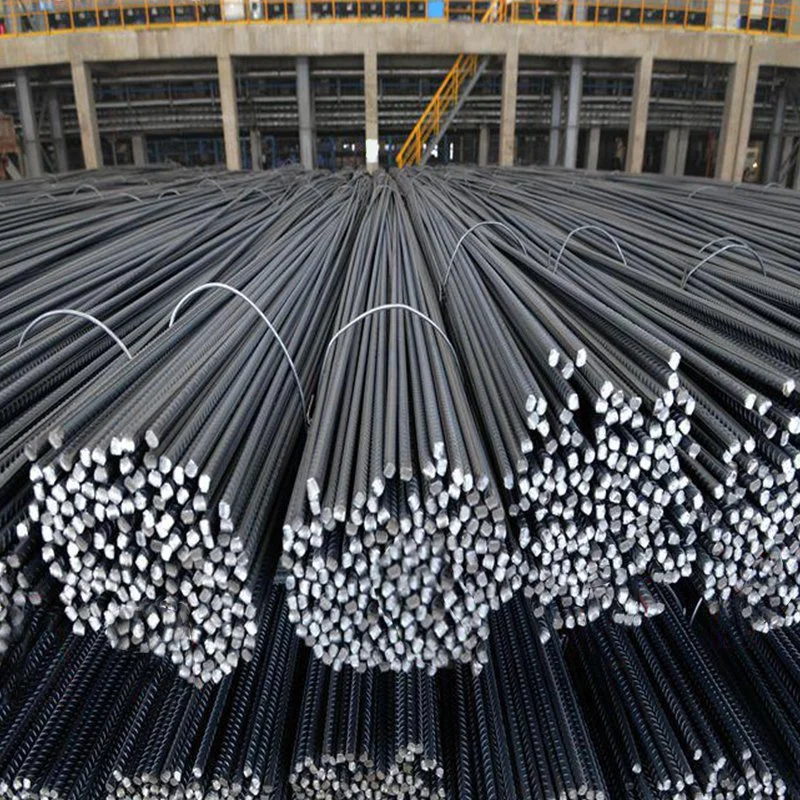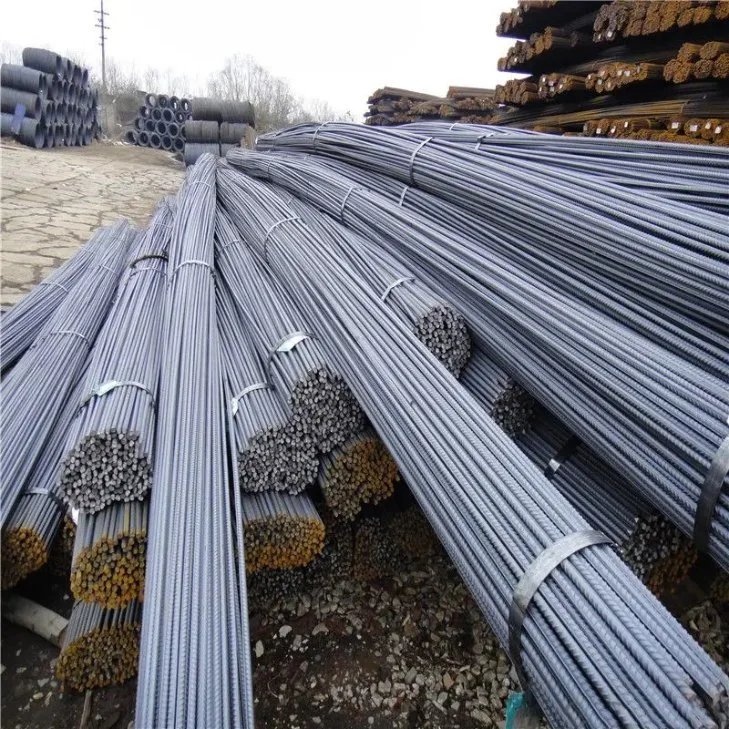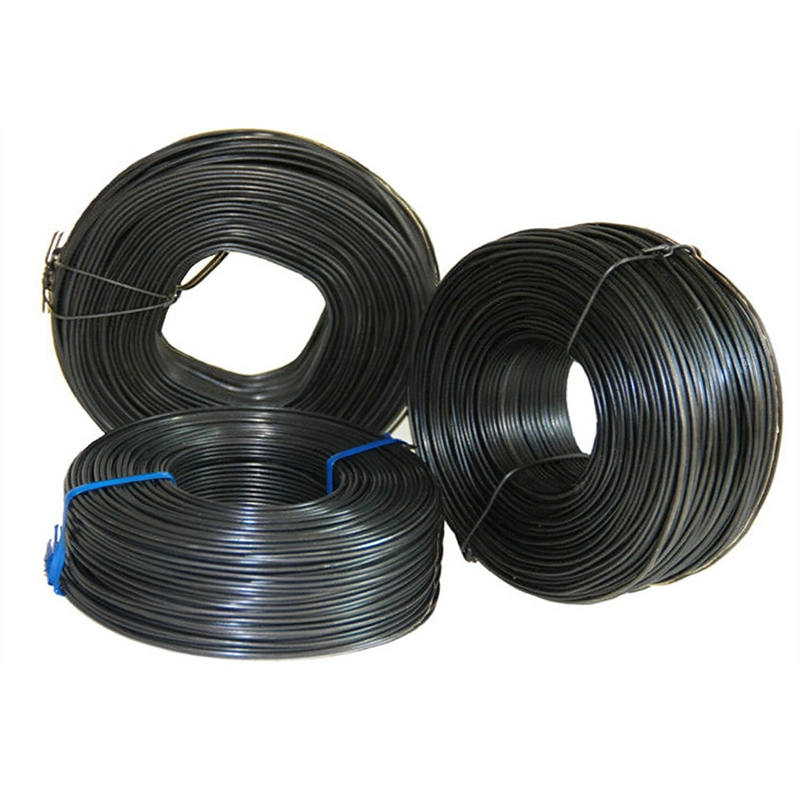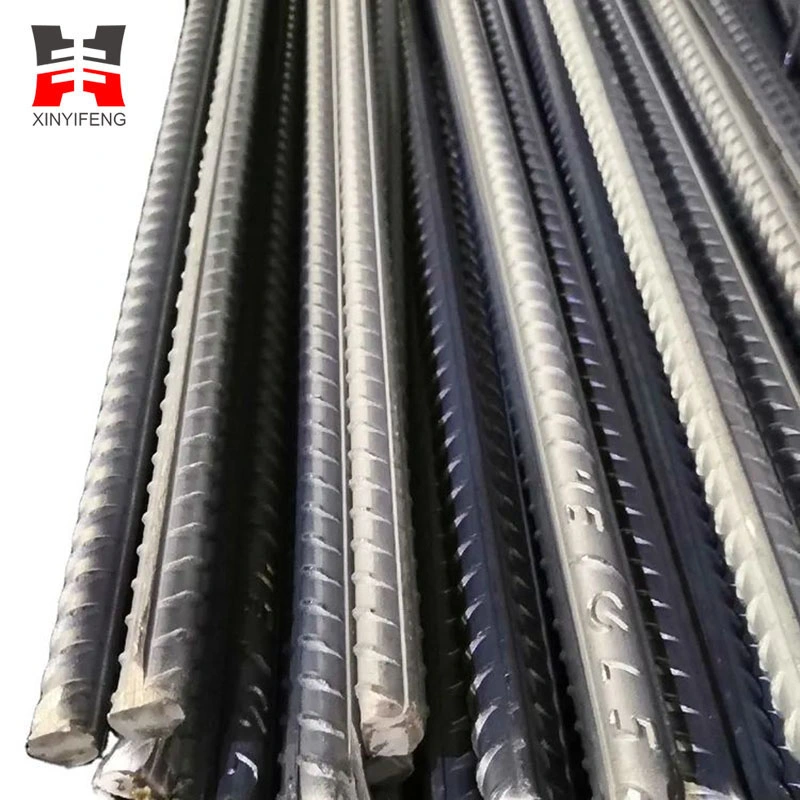Product Description:
Because of the rolling force, the frame produces elastic deformation, and the gap between the parts of the work frame disappears, so that the roll gap value increases at the moment of rolling, so the actual rolling thickness of the workpiece is: h=S+ΔS. In this formula, S is the roll gap value before rolling (no load roller gap), mm; ΔS is the amount of roll gap increase in rolling, mm; referred to as roll gap bounce or roll jump; h is the actual rolling thickness of the rolled piece, mm.
Under the effect of rolling force while in rolling, gap between parts of rolling mill stand will be compressed to disappear firstly. Mill stand and other parts can be considered as a whole when the gap disappears. When the force continues, the deformation of the stand will be consistent with Hooke's law, that is, the elastic deformation of the stand is proportional to the rolling force, inversely proportional to the stiffness coefficient of the mill: in formula ΔS = P / Km, where P is the rolling force, kN; Km is the rigidity coefficient of the mill, kN / mm; ΔS is the total elastic deformation of the rolling mill frame, mm. Obviously, the actual rolling thickness of the rolling mill is related to the stiffness coefficient of the rolling mill. Under the same force, the greater the stiffness coefficient of the rolling mill, the smaller the roll jump, the better the dimensional accuracy of the rolling.


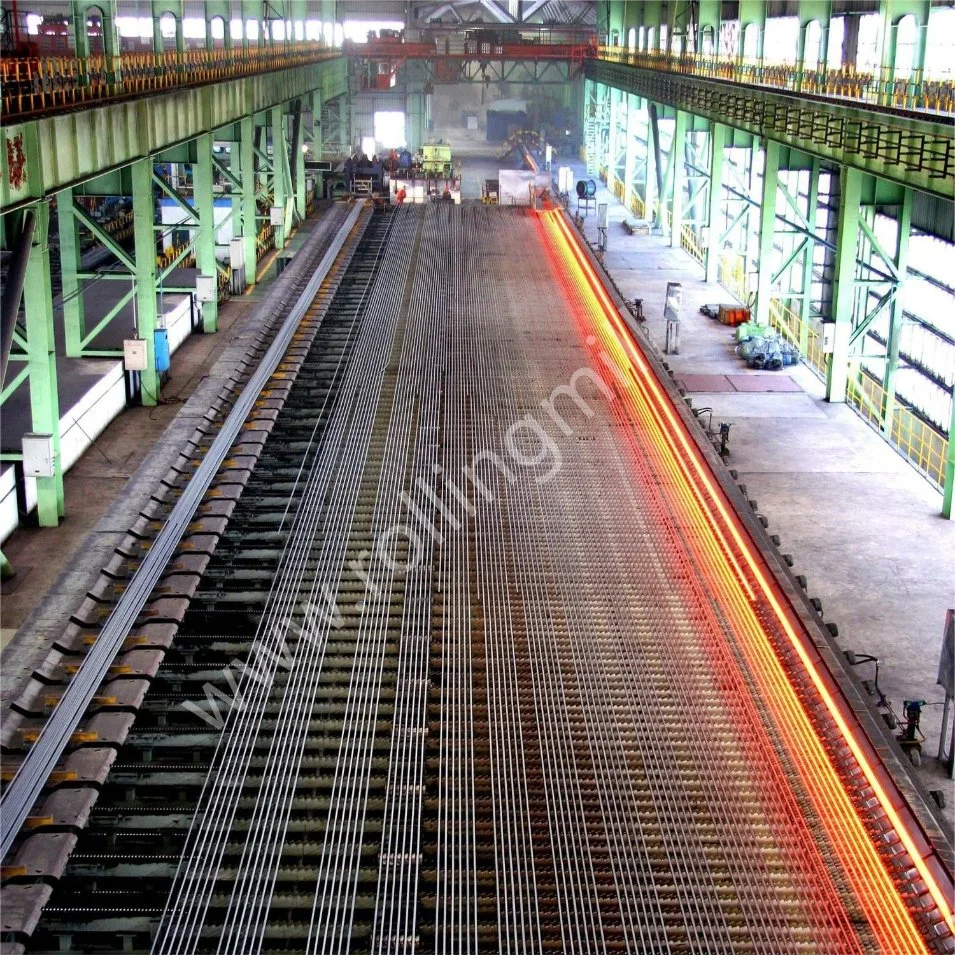
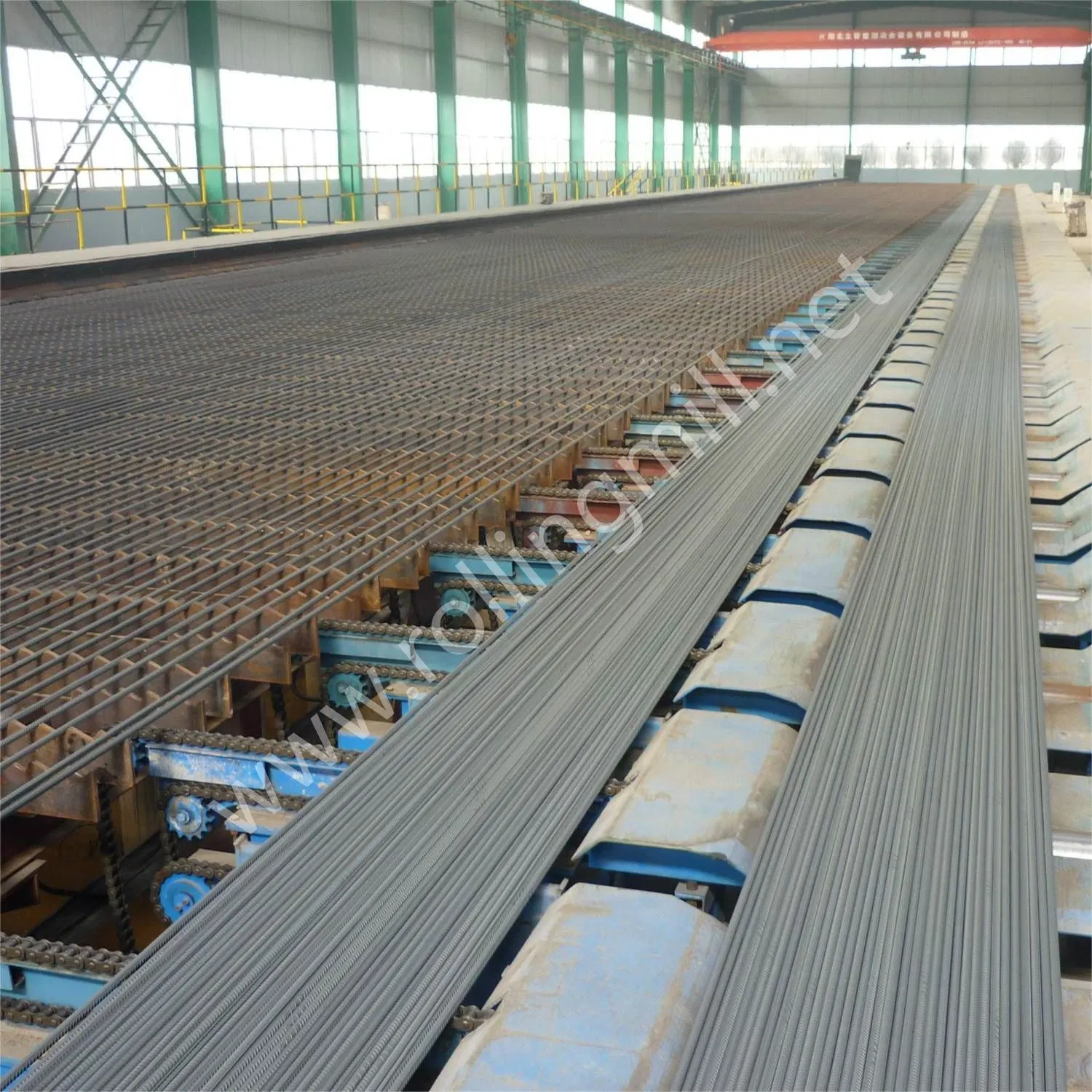
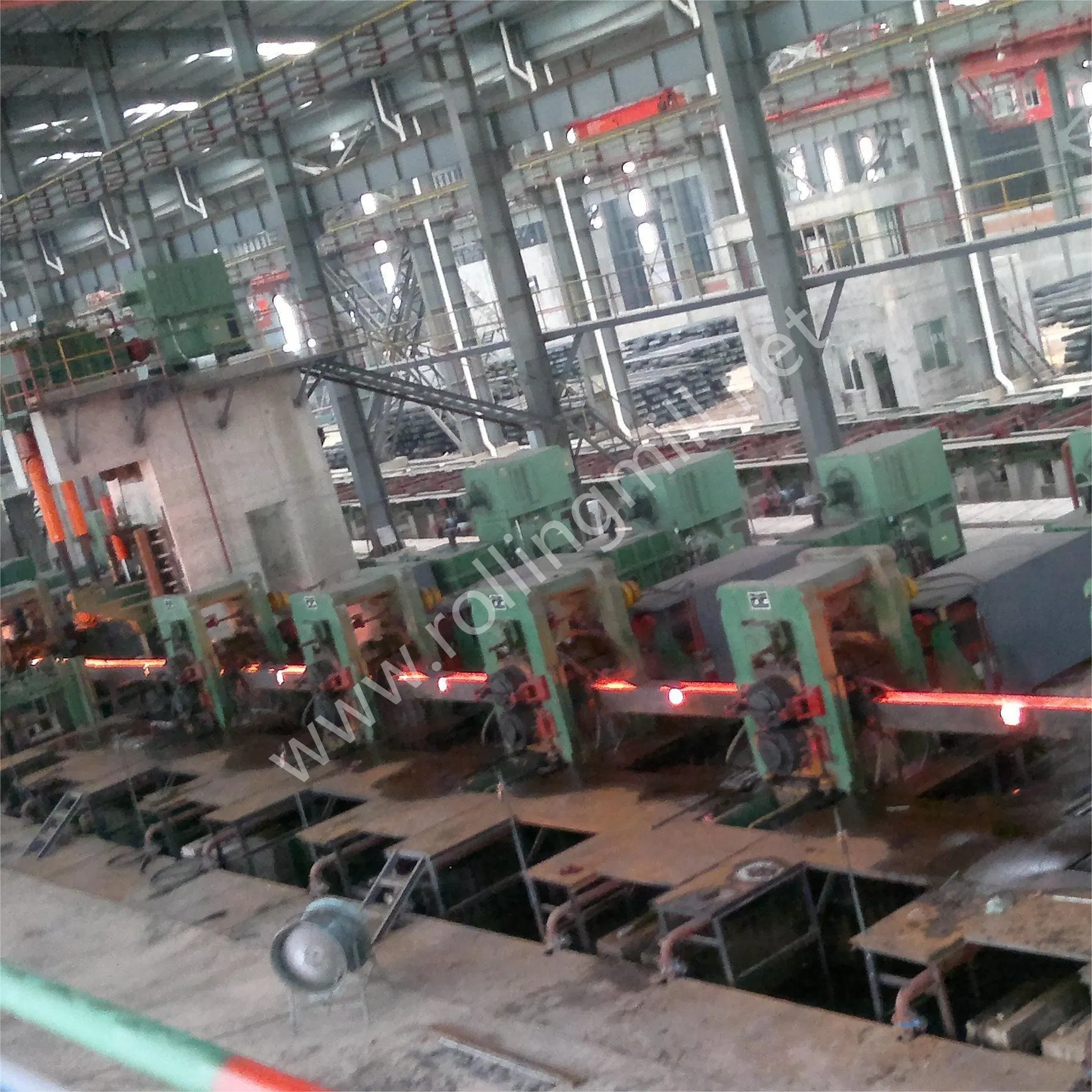
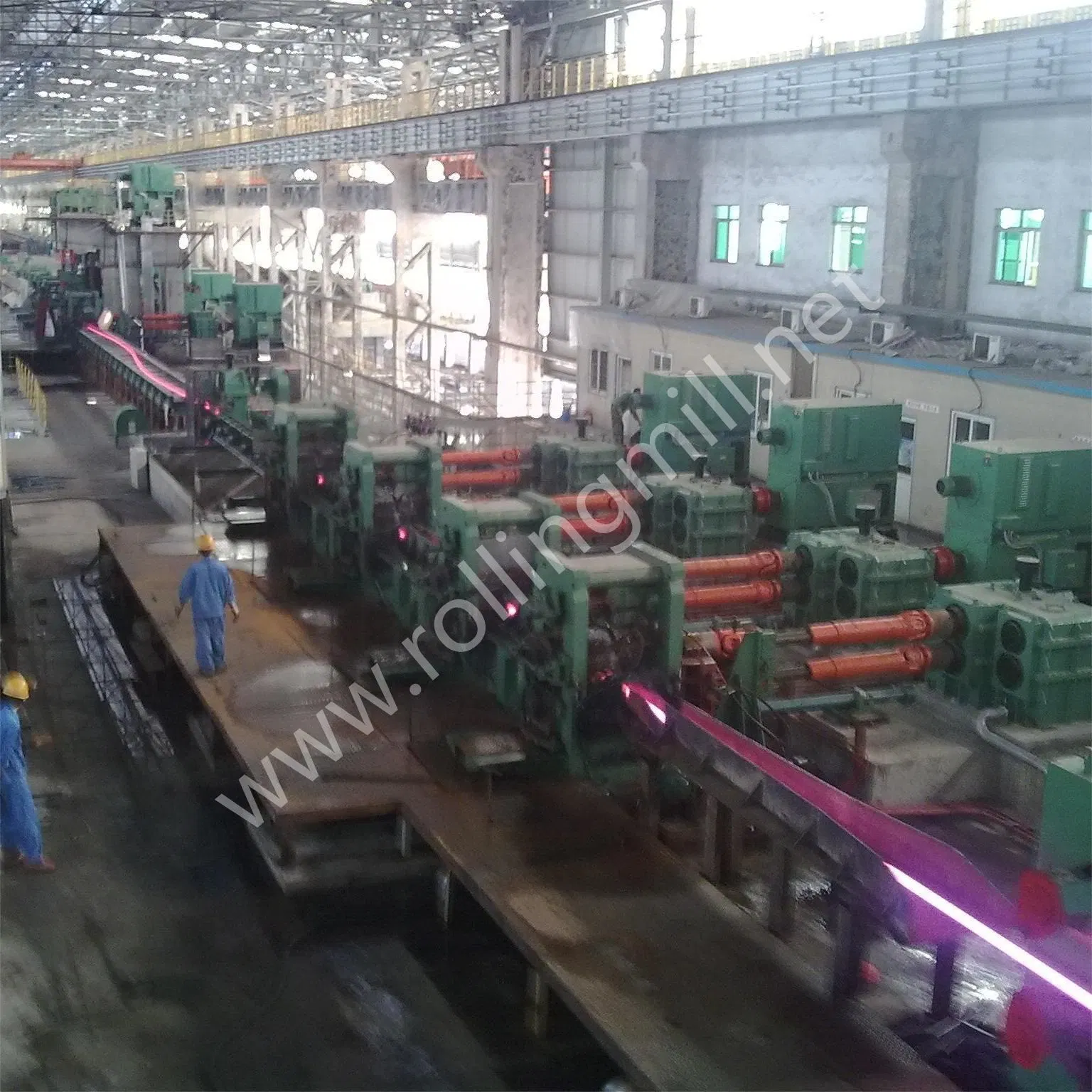
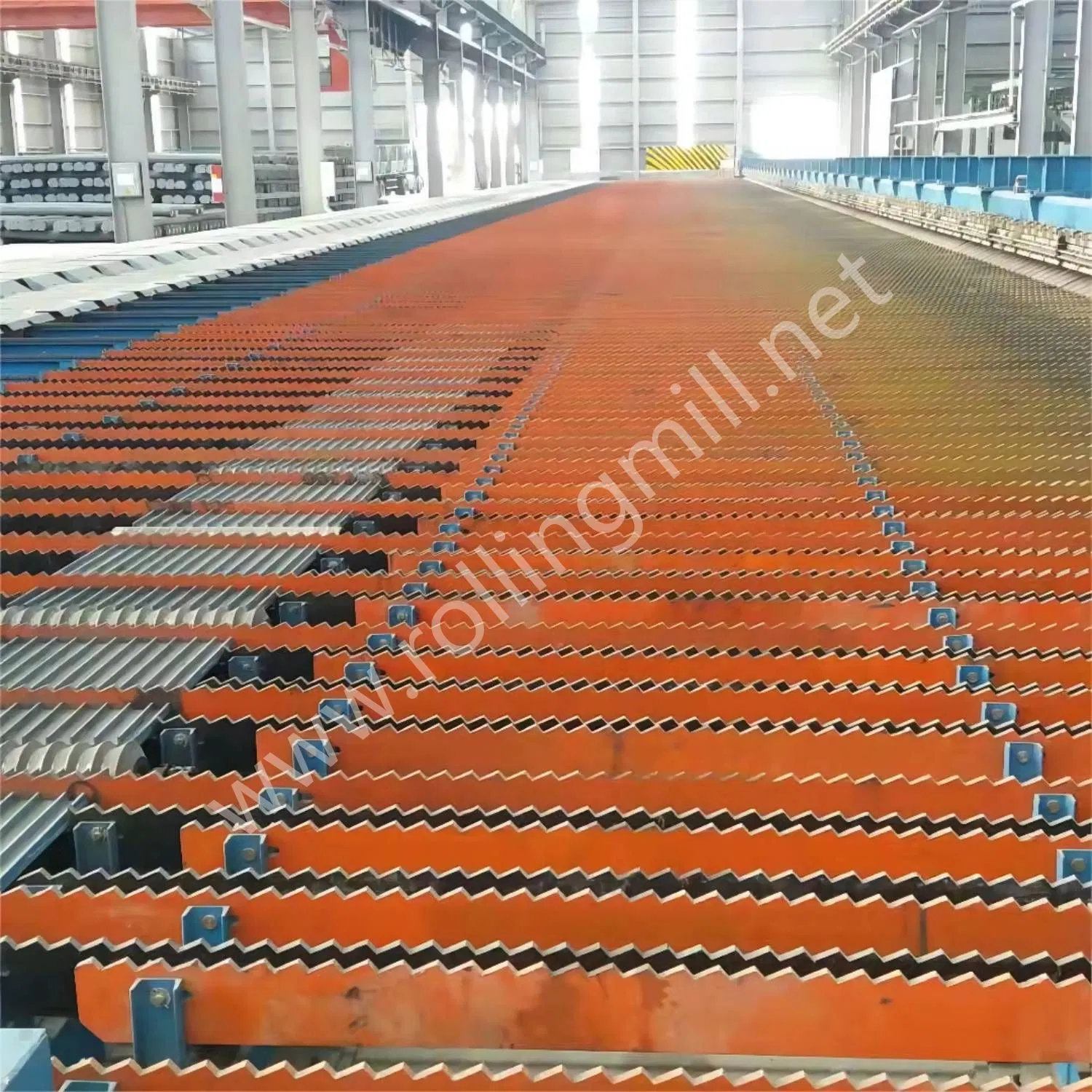
 Complaint
Complaint
